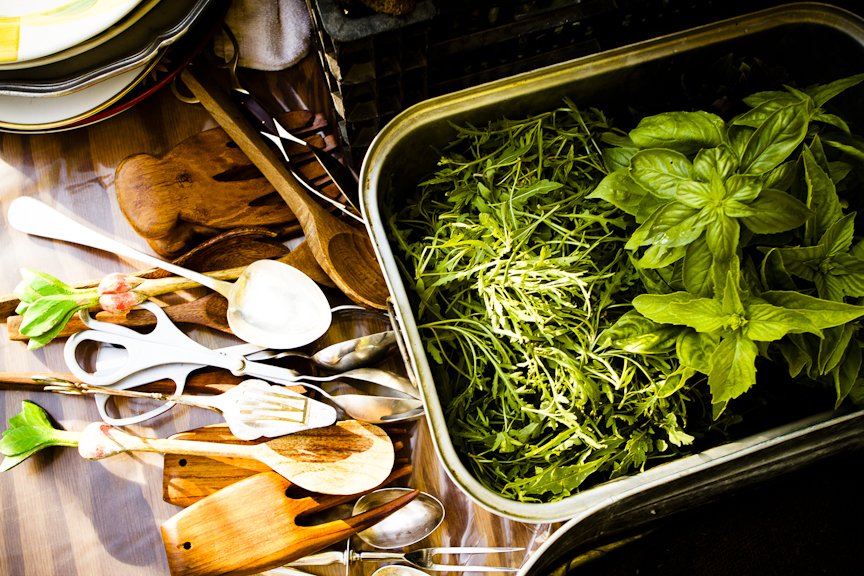
On Sustainable Windrose Farm, the Sheep and the Bobcats Roam
It sounds like something out of a Hollywood film. It was December 1989, around Christmastime. Bill was working in real estate, and Barbara was a studio musician in Los Angeles. The Spencers met each other and clicked right away. They knew they wanted to create something together. The following summer, they bought some land in Paso Robles and started their first home garden a year later. That little garden grew to become Windrose Farm.
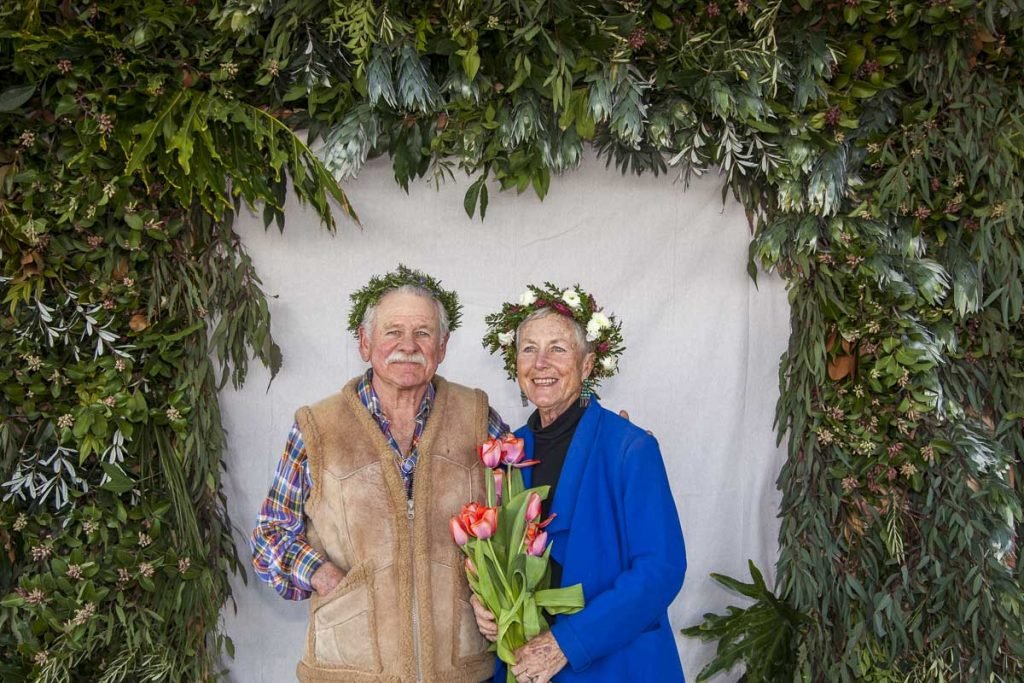
“We’re unintentional farmers,” says Barbara Spencer. “We never really had a plan and it just kept growing a bit more each year.”
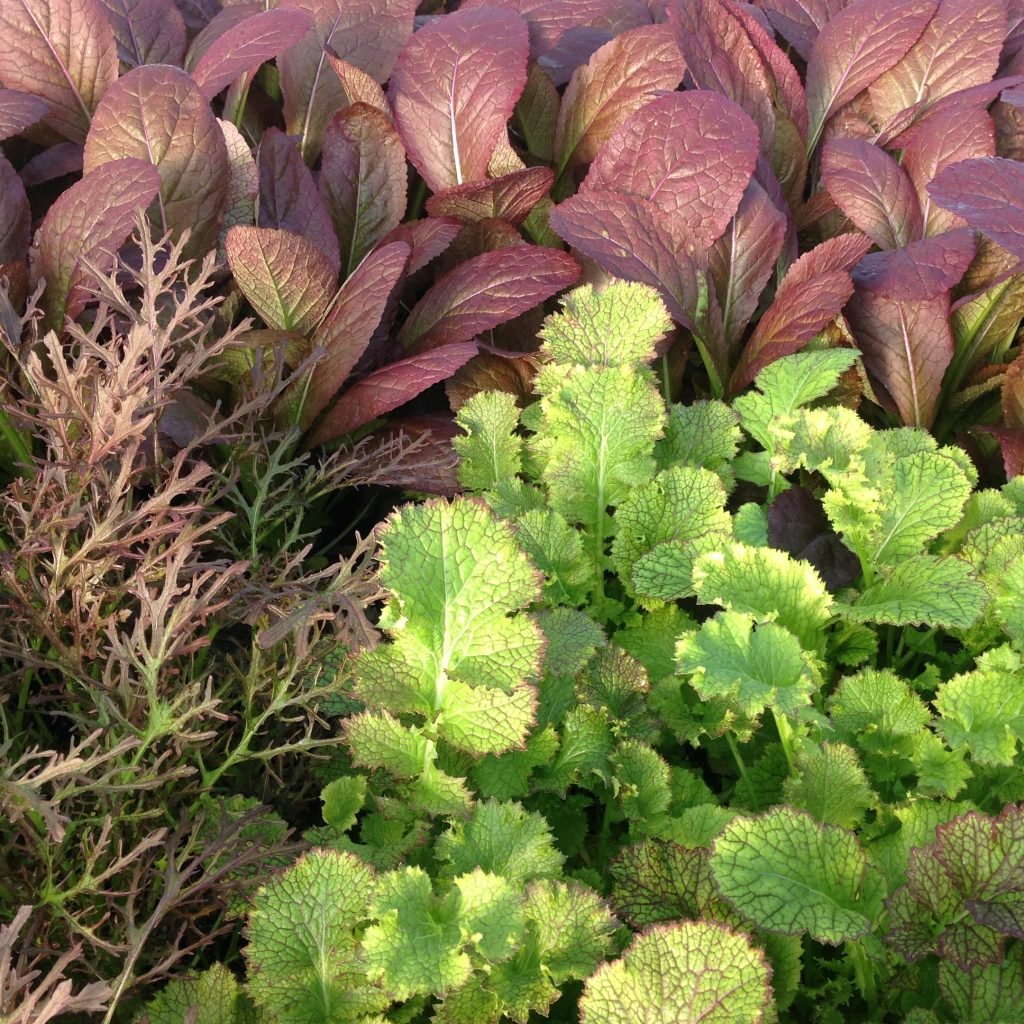
Windrose is tucked into a valley near Creston, just east of Paso Robles. Bill and Barbara grow a lot in their mere 50 acres — on twelve acres, they produce a rotation of seasonal vegetables, and on six acres, they nurture apples and stone fruits. Five acres are dedicated pasture land for sheep.
The rest is left to nature—be it the birds, bees, and animals that live on the land or even the coyotes and bobcats that roam. “Yes, the produce takes a hit, sometimes a huge one,” says Barbara. “But there will always be something amazing about seeing a covey of 20 or more quail lift off in surprise as you come around a corner. In the 30 years we have been here, the land has become an oasis.”
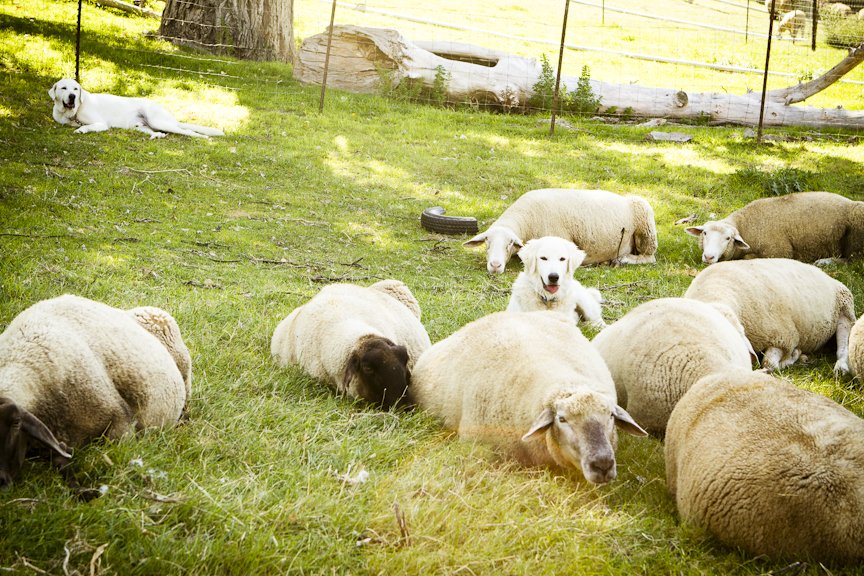
They started by selling at the local farmer’s markets. Then, by stroke of luck, they were at the Small Farm Conference and attended a workshop led by Mary Sue Milliken and Susan Feniger of Border Grill fame. “That was when we realized we had found our niche — we appreciate the complexities of what they do,” Barbara says, referring to the chefs’ sustainable approach.
Windrose’s sustainability grew naturally from a personal need. Barbara is chemically sensitive, so they had no choice but to farm organically. According to Barbara, “When we started, we had not thought as much about the philosophy of organic and regenerative agriculture or how huge an impact it really has on the environment and the habitats around us.” The Spencers were ahead of their time, and they continue to evolve, converting their farm beyond mere organic growing, but to create a true biodynamic ecosystem.
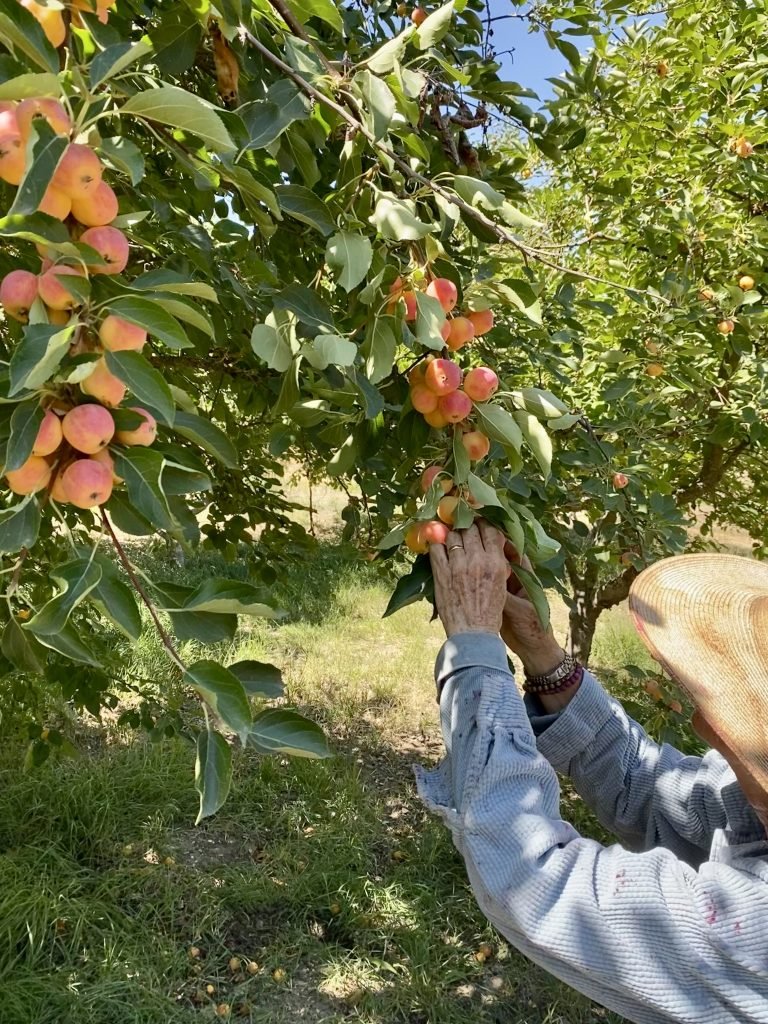
Bill and Barbara are in their “semi-retired mode,” as they call it — and so is their land. They are letting the row crop fields rest while the trees in the orchards continue to produce. The farm’s location has microclimates perfect for apples and stone fruits, but also for a diverse crop of other produce, like onions, melons, beans, and a variety of herbs and greens. This summer’s unusual weather, thanks to climate change, was not kind to their plums and peaches. Still, the farm goes on strong.
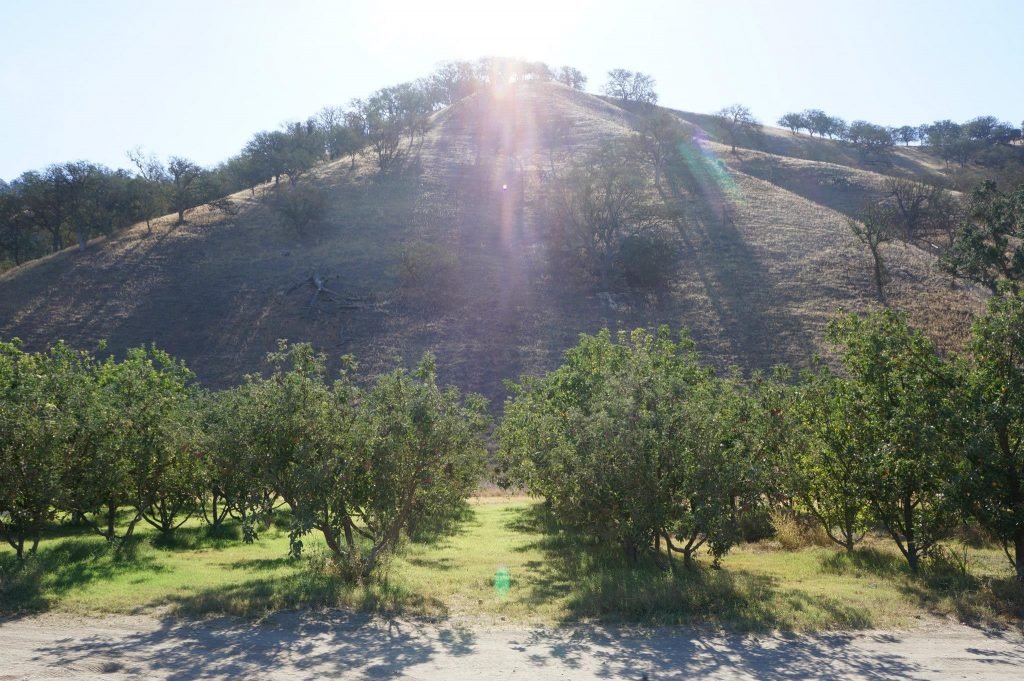
Right now, it’s all about the apples. In 1998, the Spencers planted 40 different kinds of apple trees with the help of Terry and Carolyn Harrison of Sonoma Antique Apples. They now grow 45 different types – ranging from the best eating apples to great heirloom varieties that are good for pies, cobblers, juice and cider. Their apple season runs from July through November.
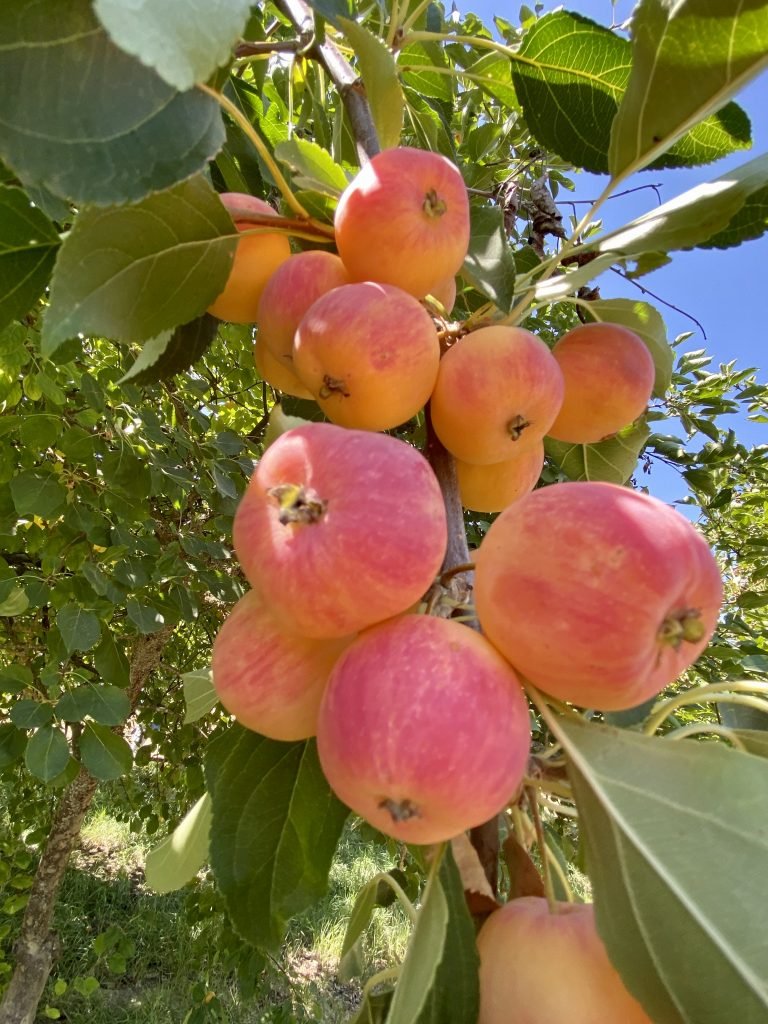
In August, Catherine and Justin Welch moved onto the farm. The Welches and their four children (Aiden, Lauren, Natalie and Andrew) just helped plant a gorgeous field of garlic on the land. Both Catherine and Justin attended Cal Poly San Luis Obispo, so this is a homecoming for them, as they were looking to return to the area.
Like mother nature, everything comes in cycles. We can always rely on the seasons, even though each season brings particular surprises. Bill subscribes to the Four E’s of sustainability: Environmental, Economic, Emotional and Equitable. But Bill’s philosophy could easily translate not just to farming, but also to sustaining a happy marriage and a happy life.

Windrose Farm’s produce can be enjoyed at restaurants in L.A., including Melisse, Lucques, Patina, and Campanile, as well as locally in our county at Etto, McPhee’s, Andrea’s on Pine, Six Test Kitchen, Daou, and Le Cuvier.
Windrose Farm is located at 5750 El Pharo Drive in Paso Robles. Call (805) 239-3757 for their latest apples, herbs and other crops.
Cast Iron Skillet Apple Pie
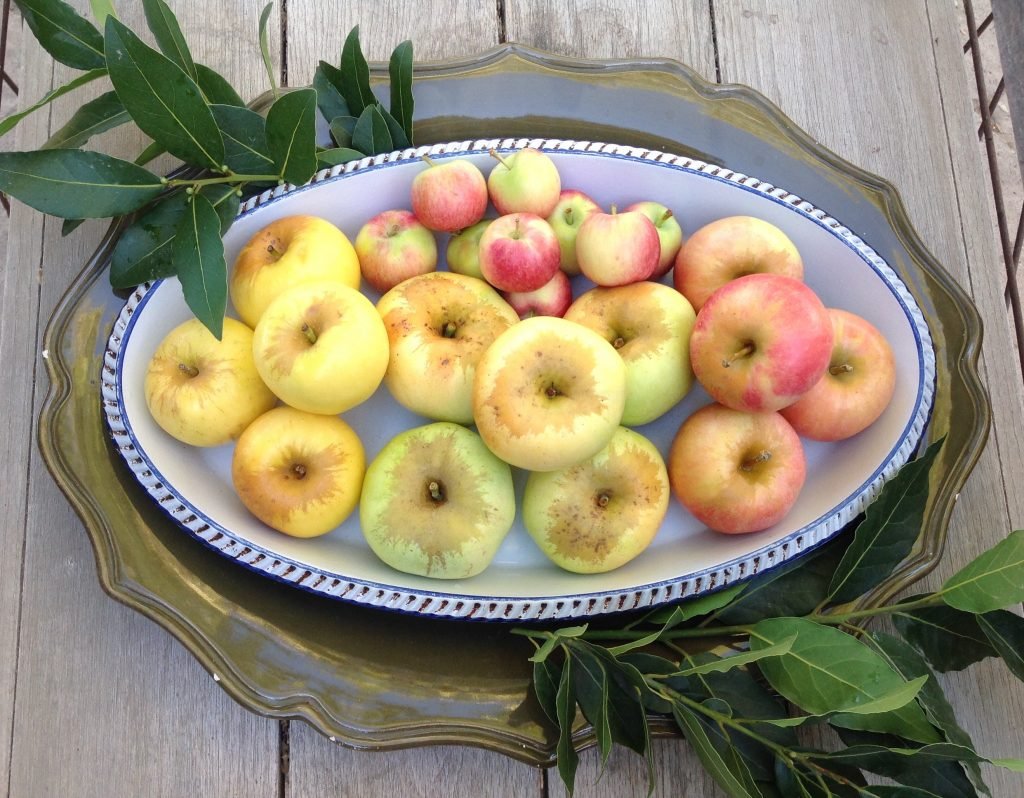
Pie Crust (recipe below)
1/2 cup butter
1 cup brown sugar
5 to 6 tart apples, cored and peeled and sliced into
1/2″wedges
1/2 cup + 2 tablespoons granulated sugar
1 teaspoon cinnamon
1 tablespoon unsalted butter
1 egg
1 tablespoon water, milk or cream
Preheat the oven to 350° F.
Place ½ cup of butter into the cast iron skillet and place into oven until melted (about 5 minutes). Remove the skillet and sprinkle with brown sugar. Return to the oven to keep heated while you prepare the apples and pie crust.
Roll the pie crusts into roughly a 14” circle and a 10” circle, about 1/4″inch thick.
Remove skillet from oven (careful not to burn yourself), and place larger pie crust into the skillet on top of the brown sugar mix. Top the pie crust with the sliced apples. Sprinkle apples with 1/2 cup of sugar and 1 teaspoon of cinnamon. Dot with the 1 tablespoon of butter, cut into small cubes. Top with the second crust. In a small bowl, whisk the egg with 1 tablespoon of water or milk to make a wash (using milk or cream will give you a shinier pie). Brush the top crust with the egg wash and sprinkle with 2 tablespoons sugar. Cut 6 to 8 slits into the top to release steam.
Bake for about 1 hour until golden brown and bubbly. If you’d like, shield the edges of the pie during the last 10 minutes of baking to prevent excess browning. Cool on a wire rack for about 30 minutes before serving.
Serve warm with a side of vanilla or cinnamon ice cream or freshly whipped cream. Makes 8 servings.
***
Pie Crust
3 cups all-purpose flour
1/4 teaspoon salt
8 tablespoons shortening, frozen
4 tablespoons unsalted butter, frozen
1/2 cup water, ice cold
Sift the flour and salt into a large mixing bowl. Using a cheese grater, grate the shortening and butter into the flour. Combine the mixture with your fingers until it resembles cornmeal. Add the ice cold water and mix with a spoon, pulling the water into the flour until a dough forms.
With your hands, shape the dough into 2 balls and flatten into disks. Wrap the dough in plastic wrap and refrigerate for at least 30 minutes before rolling.
Store in the refrigerator for up to 4 days and in the freezer for up to 1 month.

